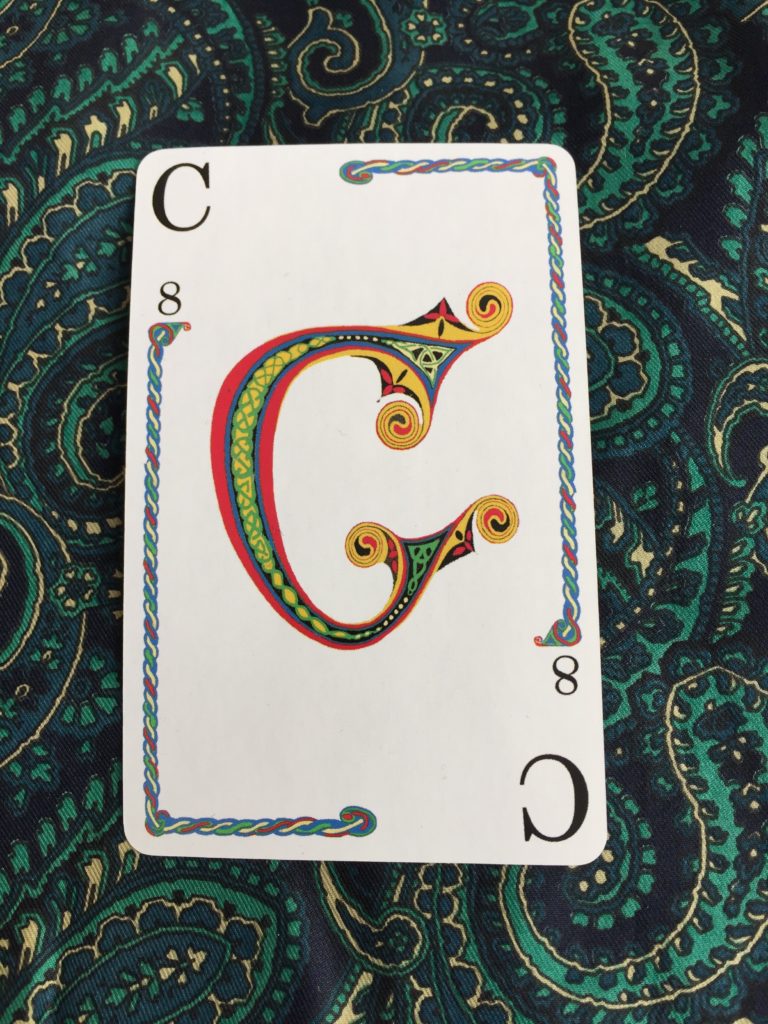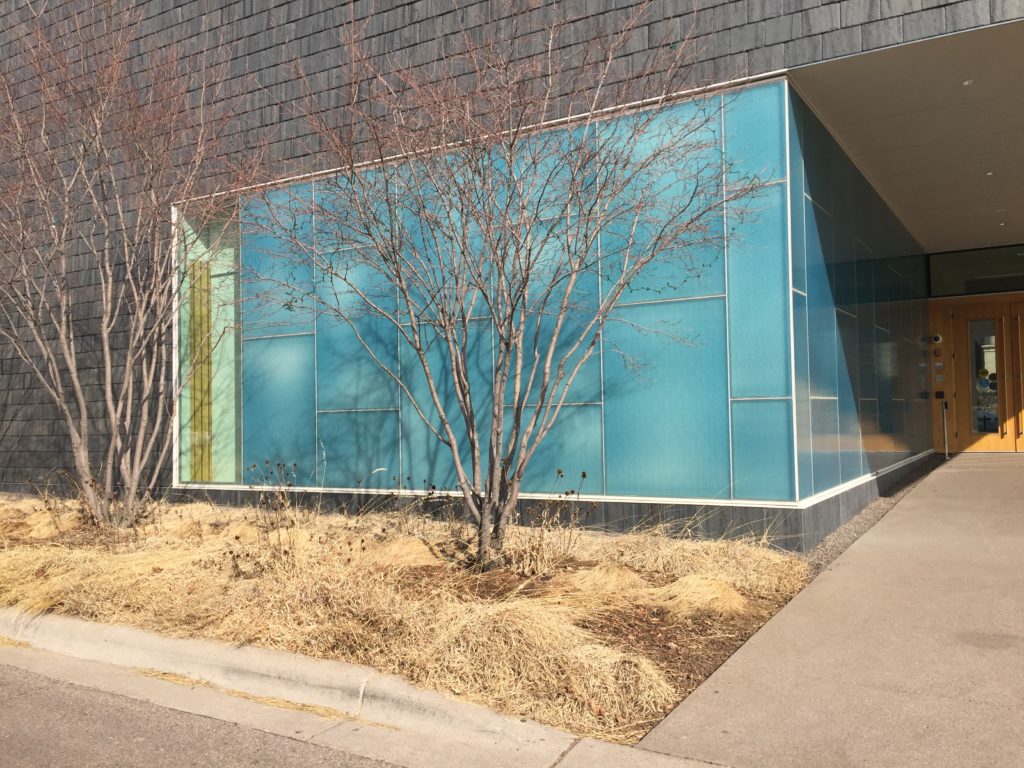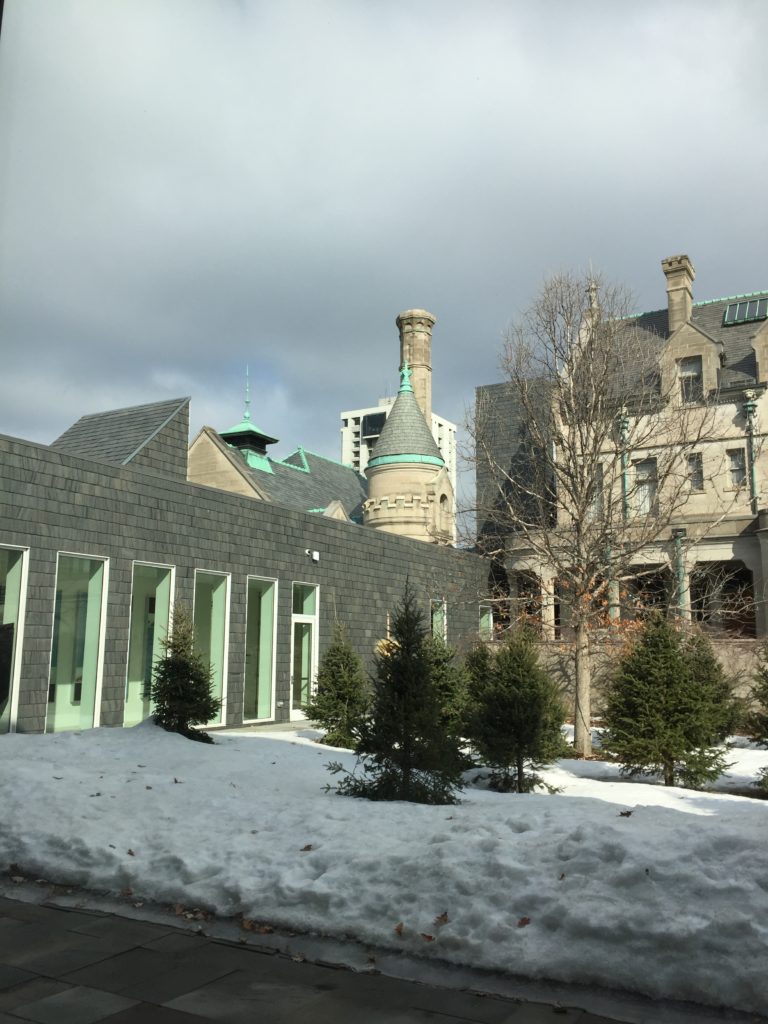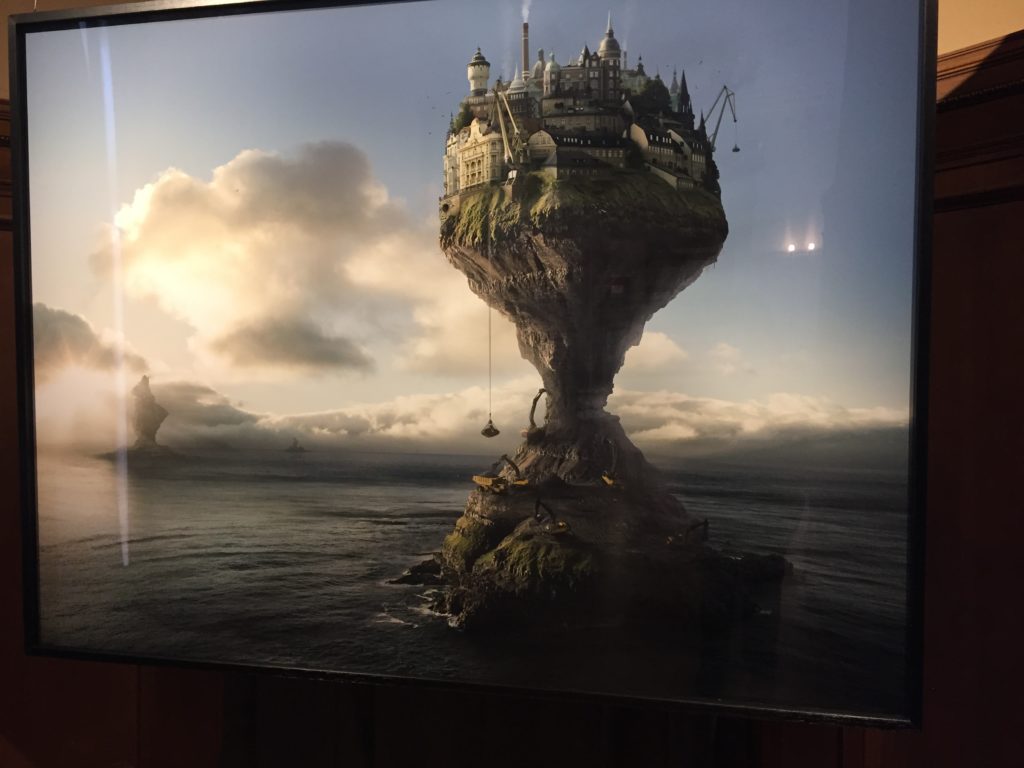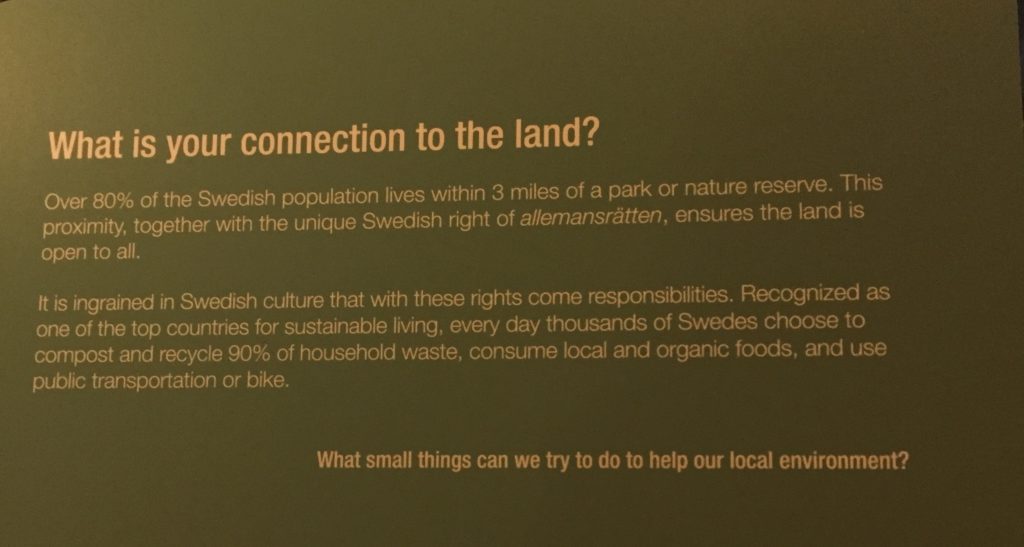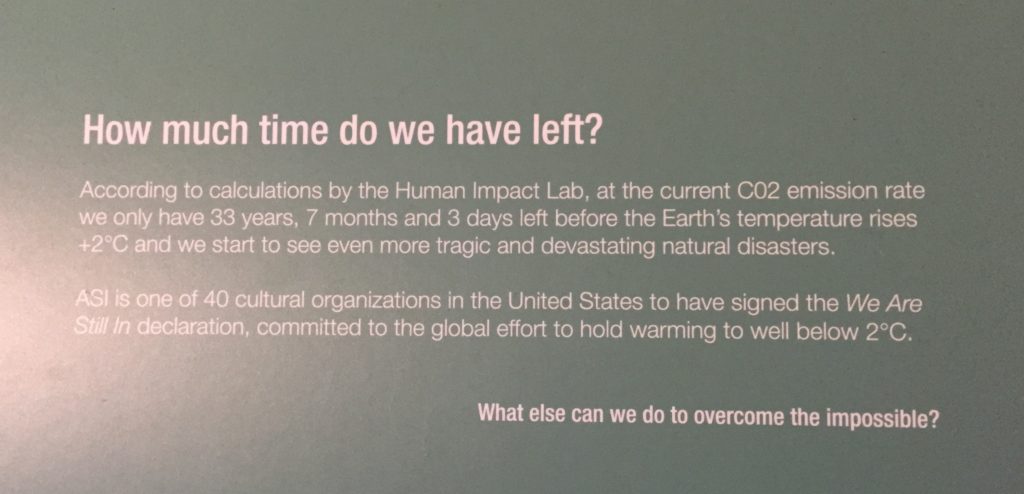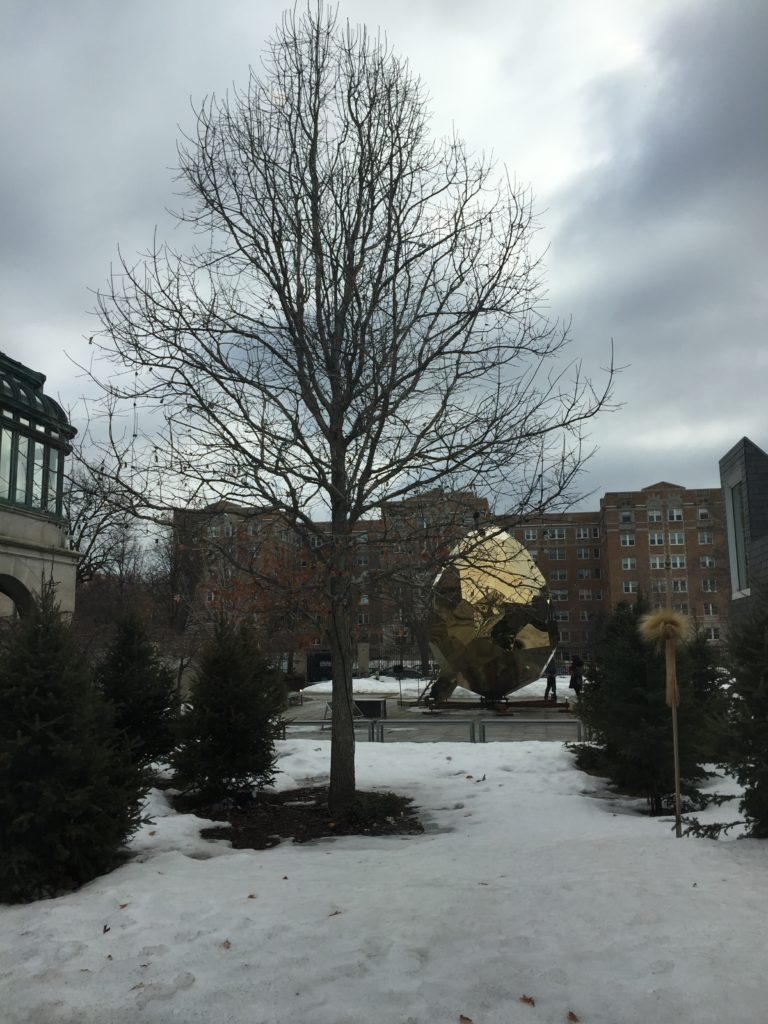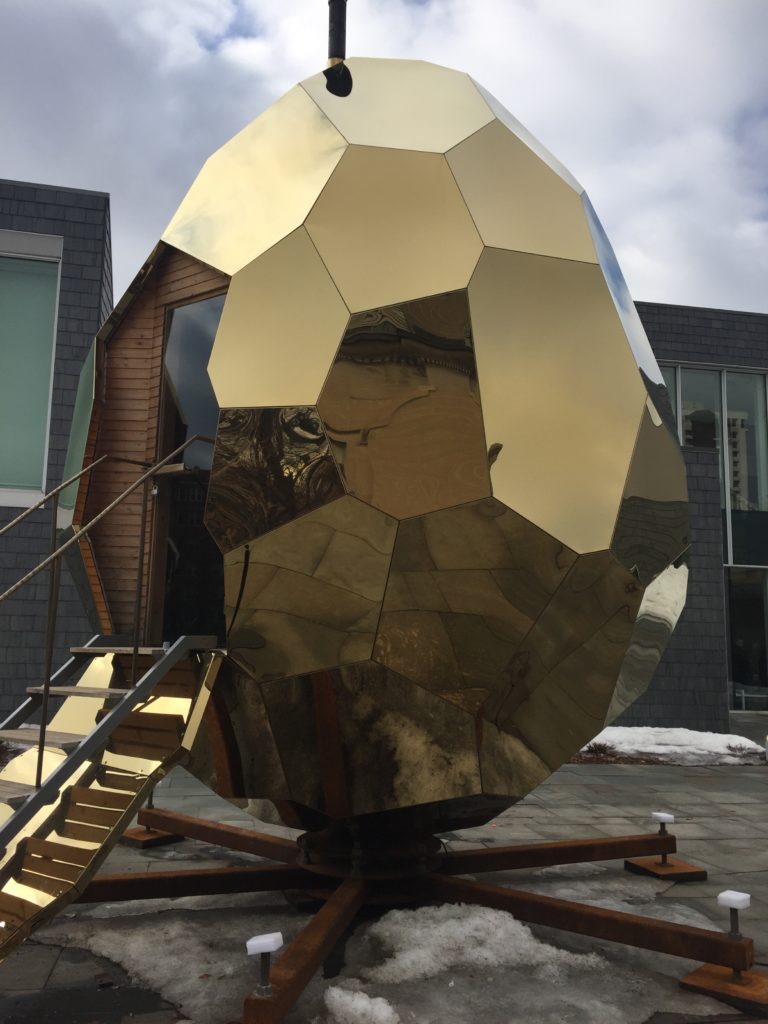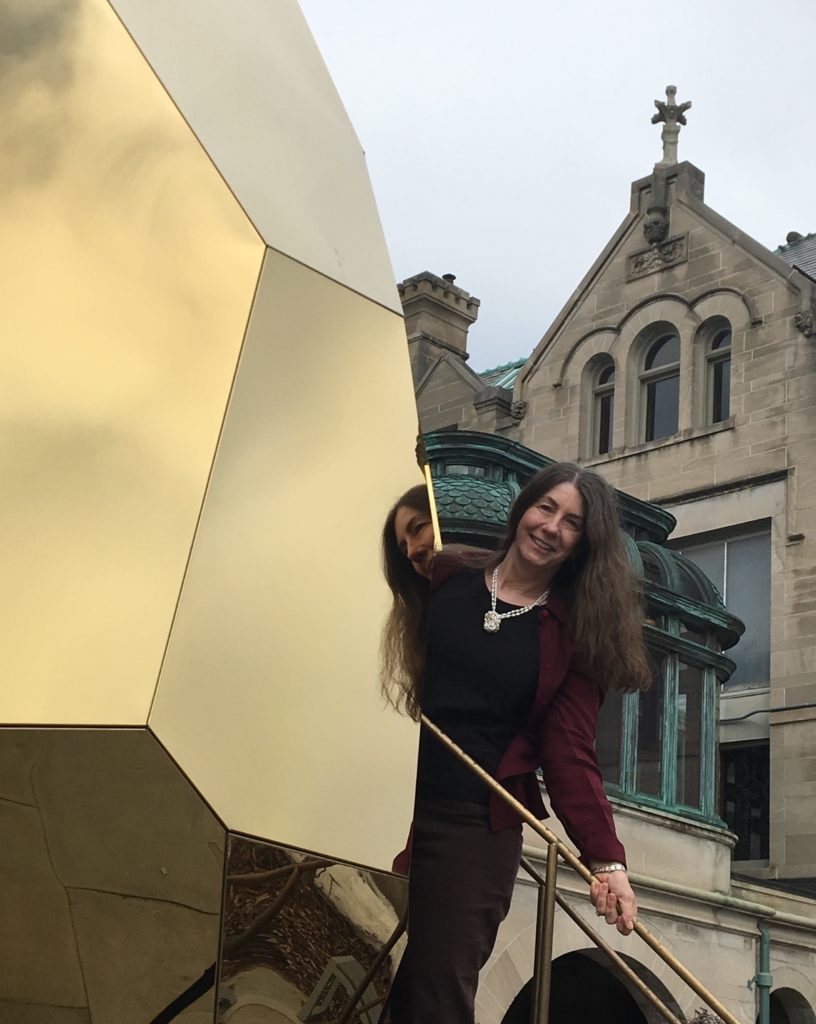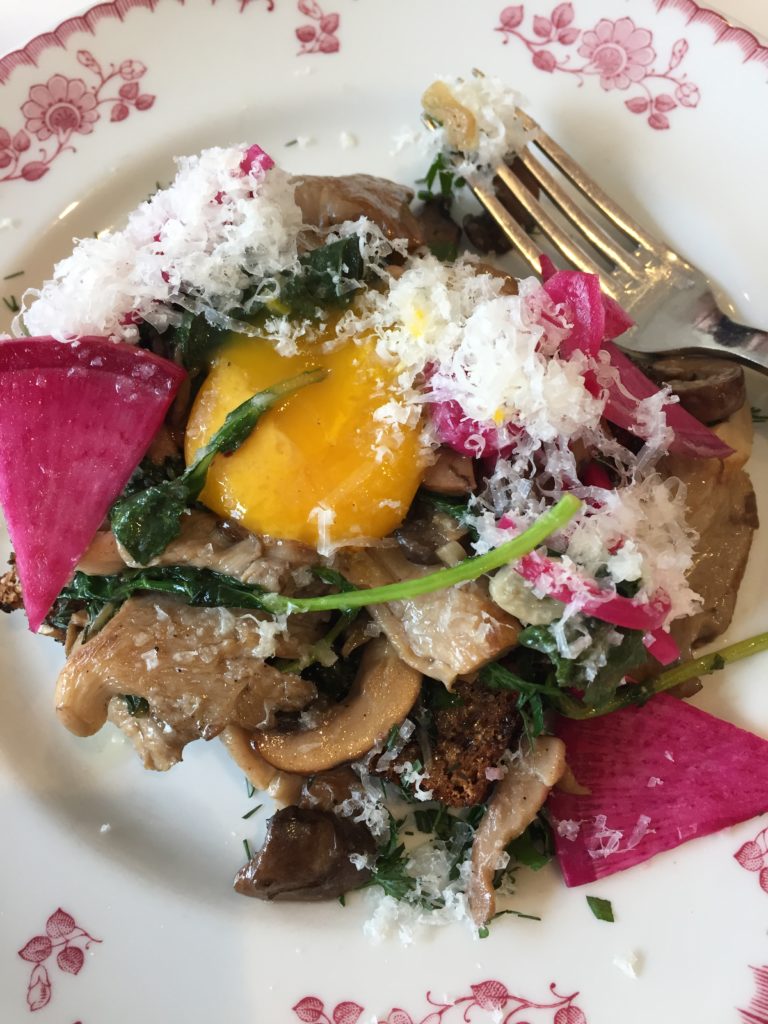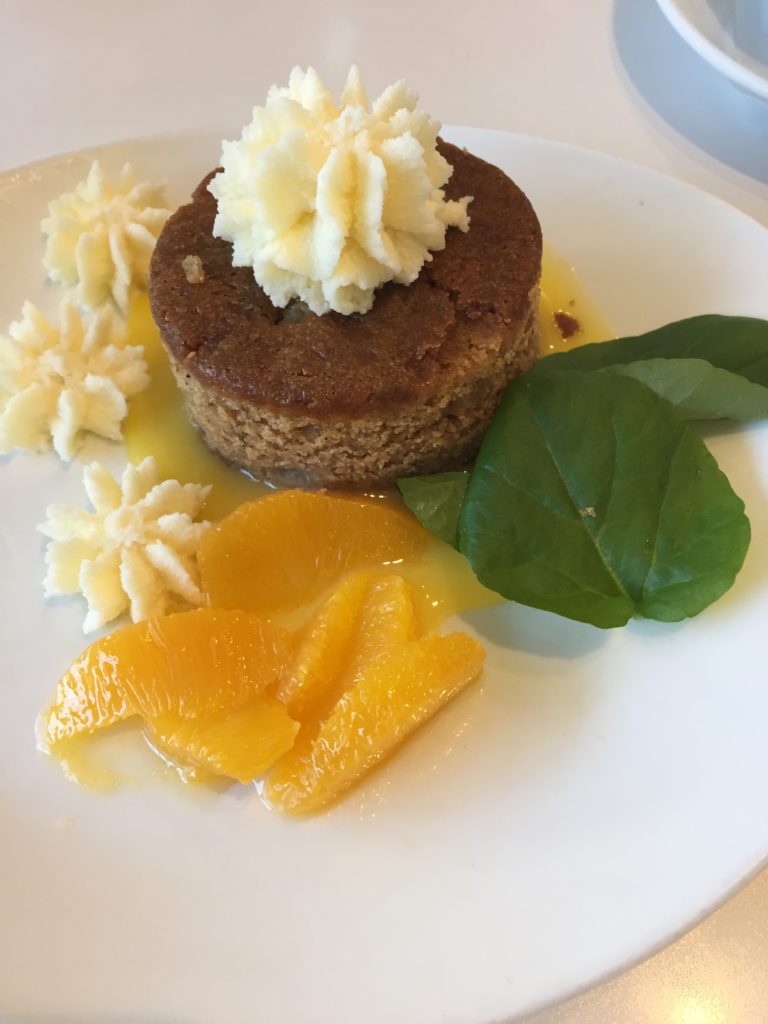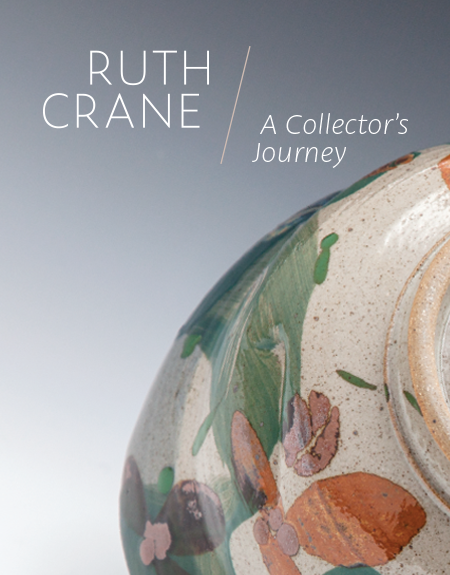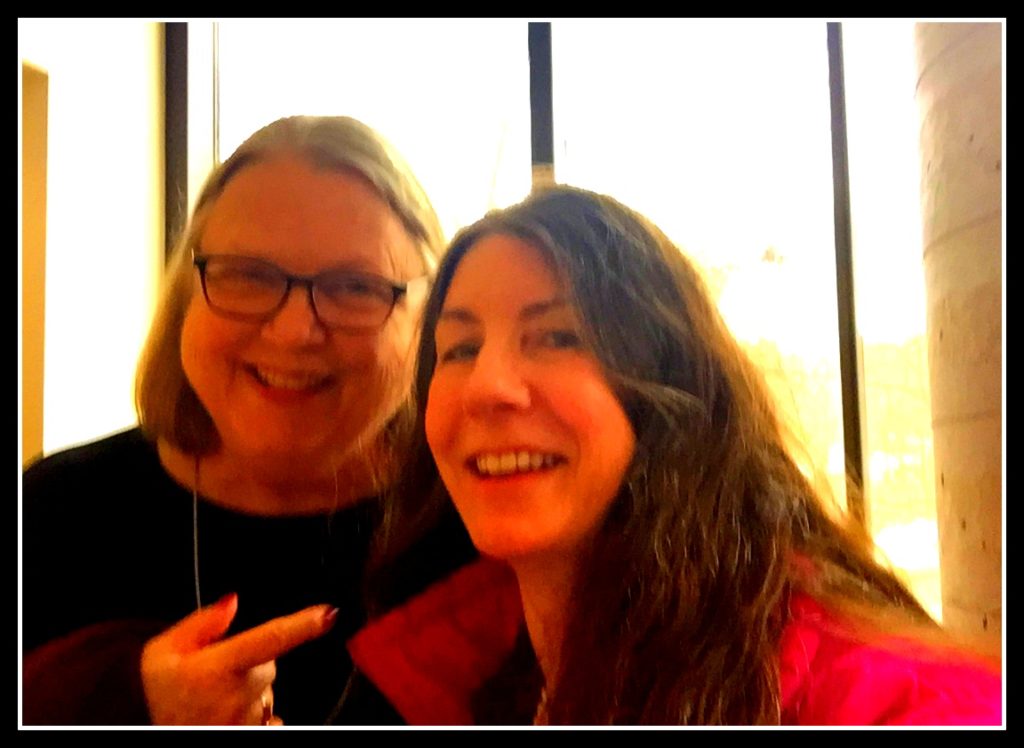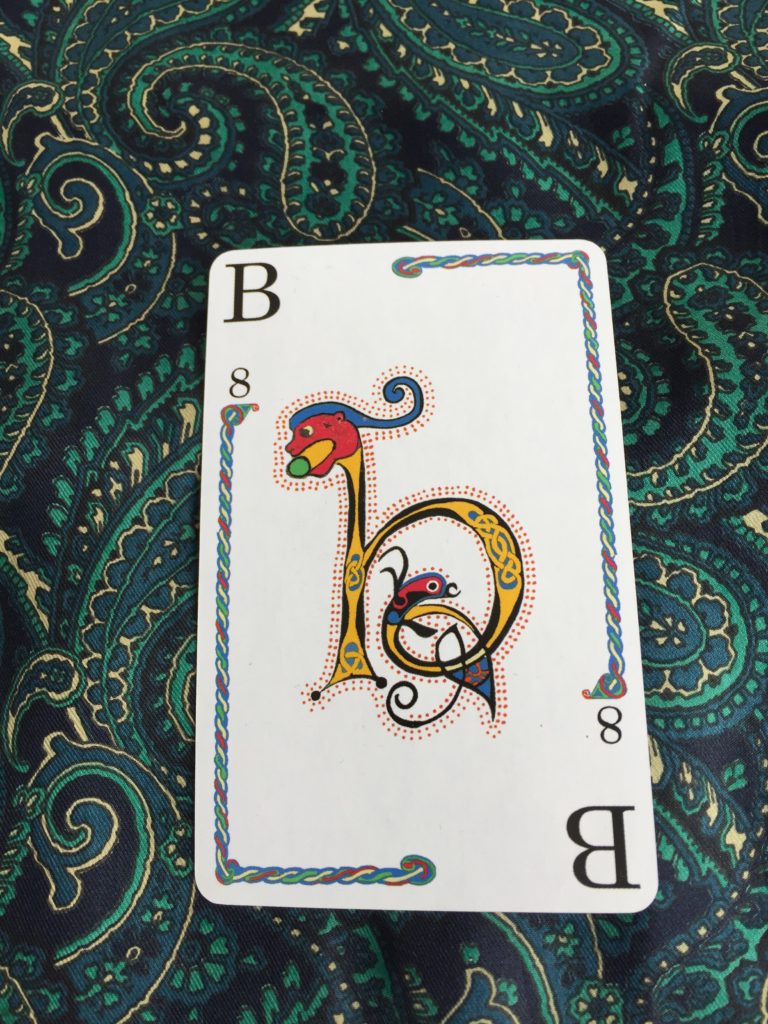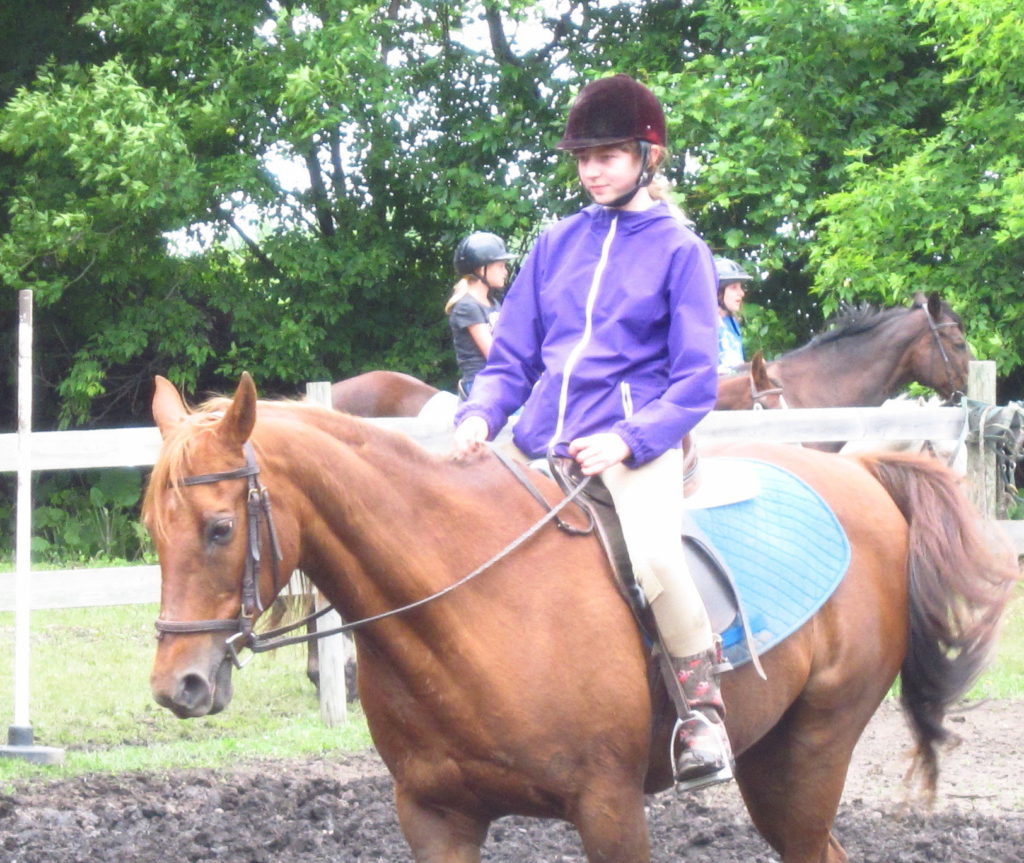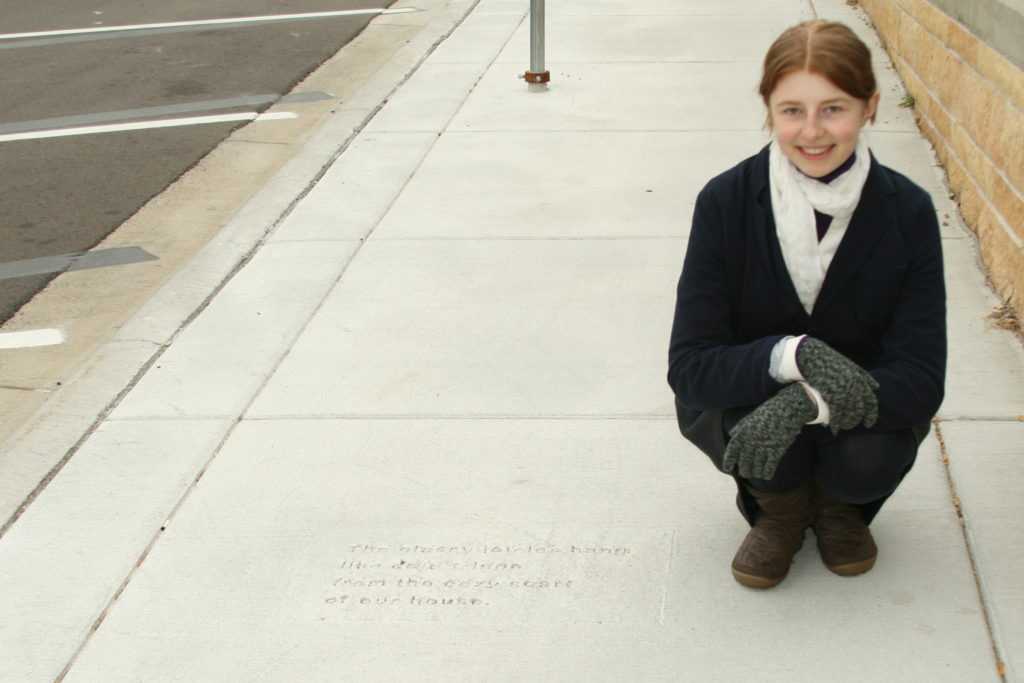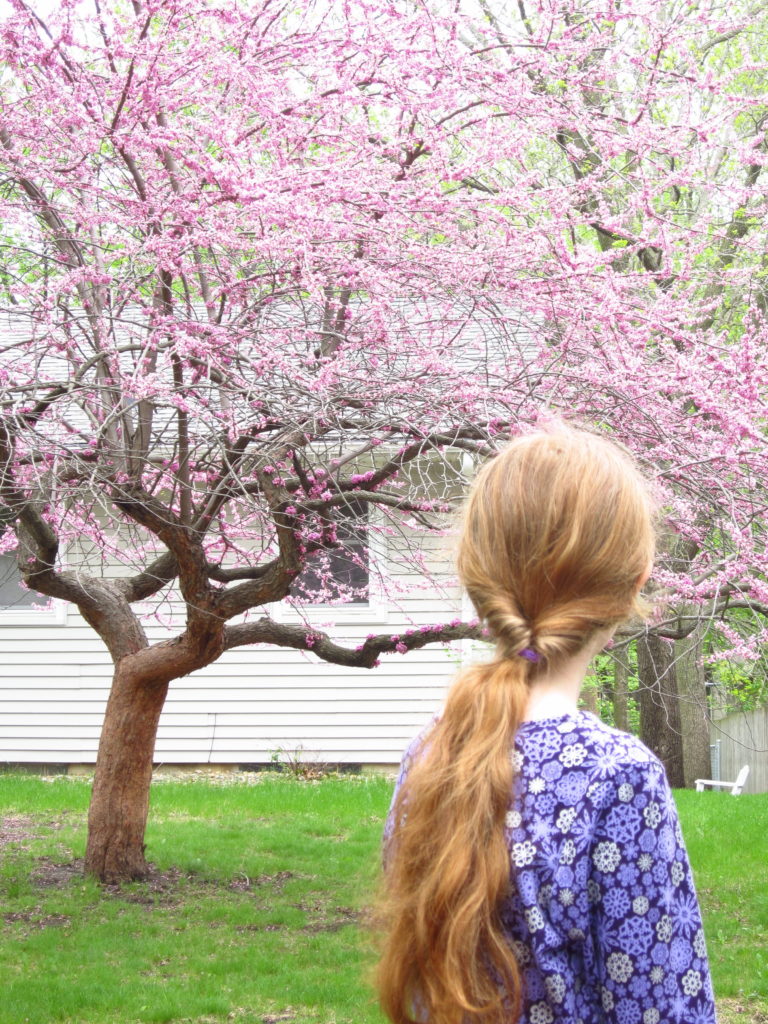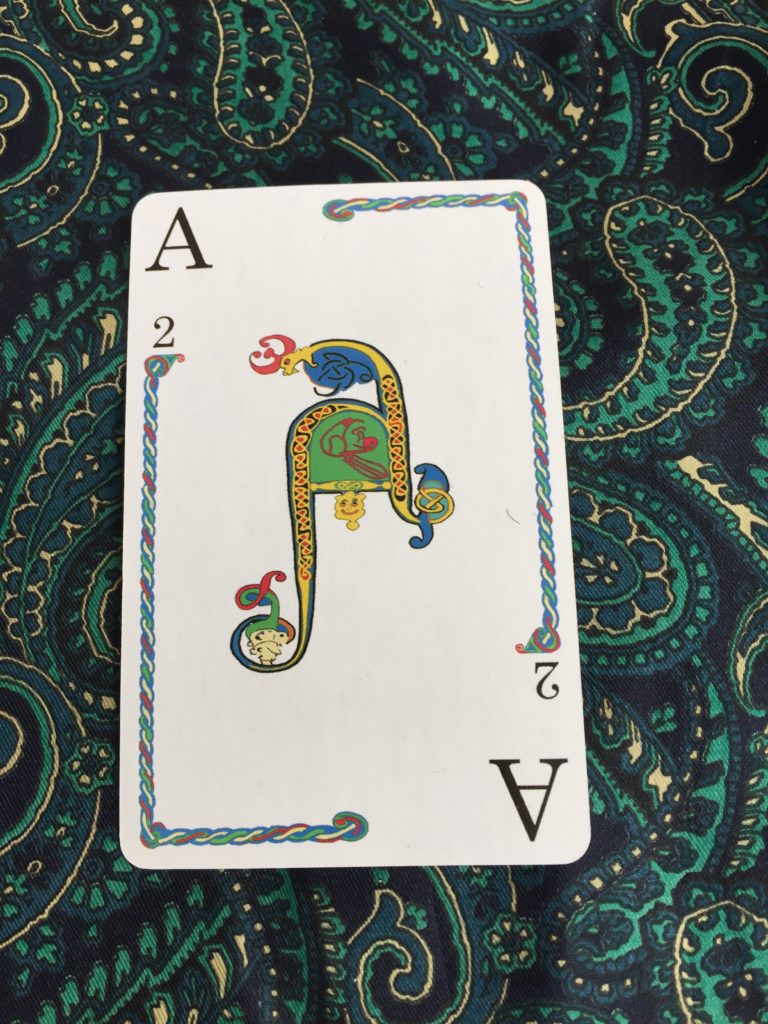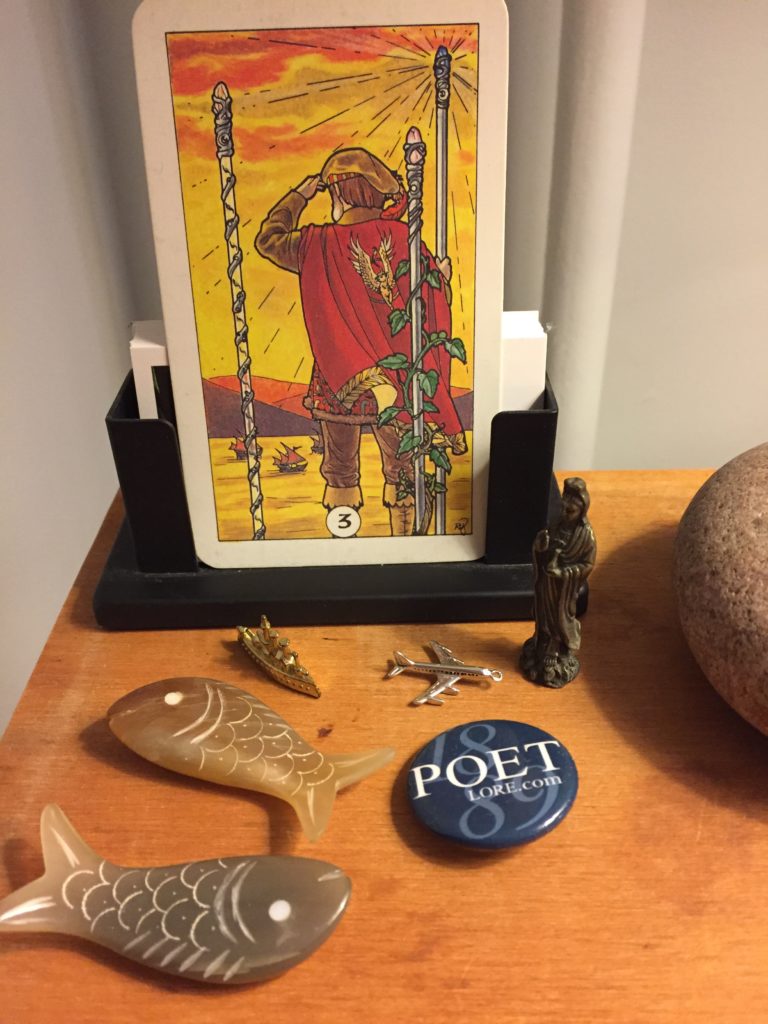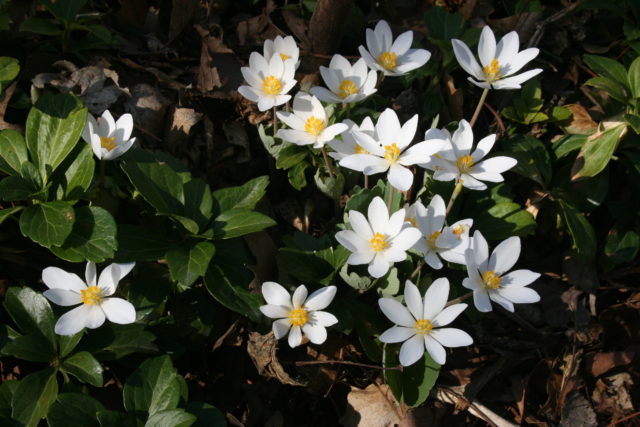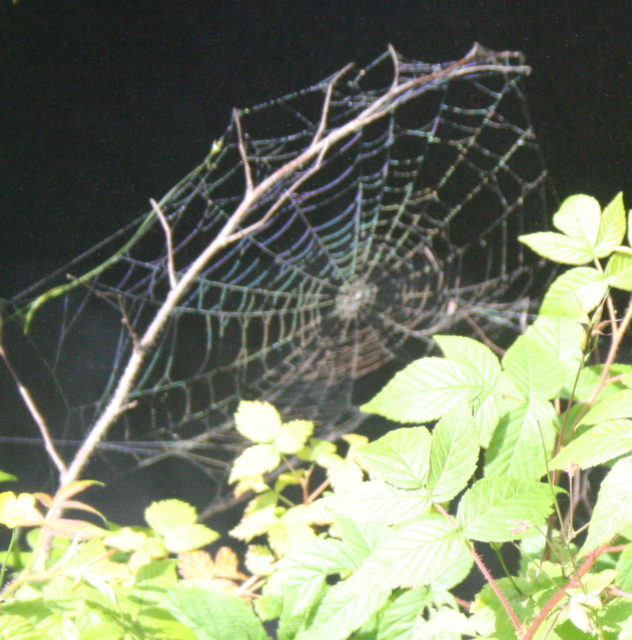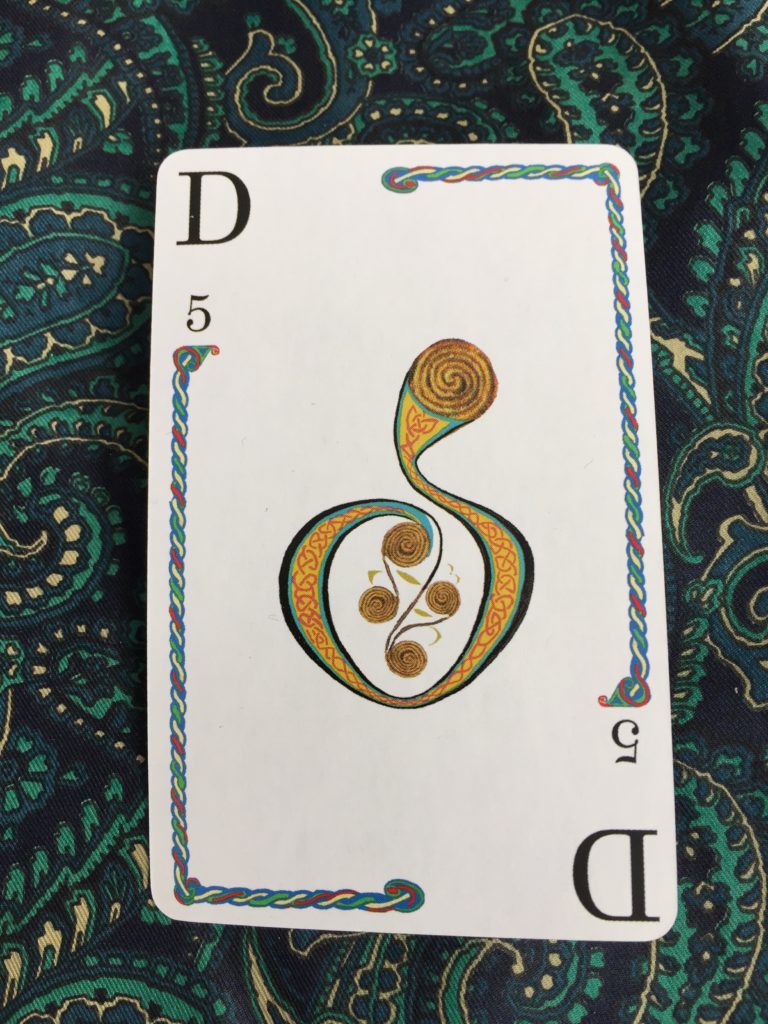
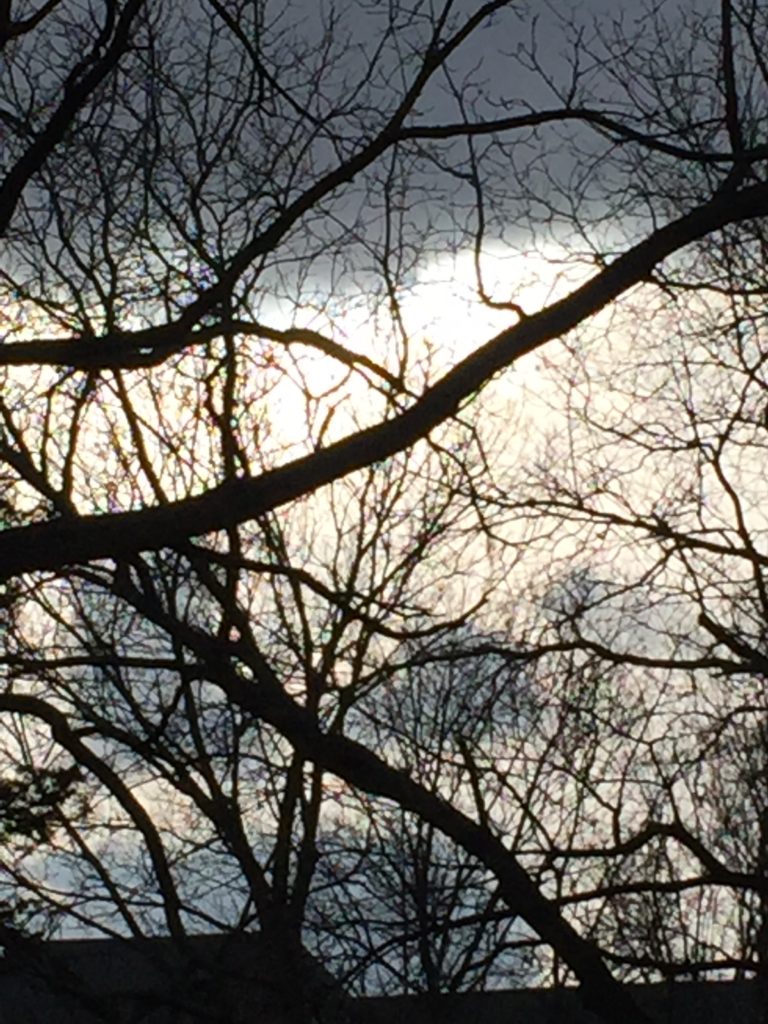
Demons
Some loomed like towering infernos,
I (young reader) imagined,
all up rush of rages,
tornadic destroyers, impartial
whirlwinds of wroth.
Others shimmered like illustrations
in expensive library books,
slicing themselves out
of their pages, scimitars raised
for particular victims.
Others still—home-grown
from Black Forest spores—hunkered
small and slimy in garden pots, waiting
to latch on: diminutive, unfocused
globs of ill will.
Now, I know the worst,
glimpse those who slink
in the tangled dendritic forest
of my brain, who rush
from the angry underbrush,
those unbidden thoughts
that have sometimes caught
me by the throat,
then kept developing,
like polaroids of ugly faces,
stray impressions that rode me,
causing me to snarl,
to singe my own hair,
before they would disappear--
shaken off (but not quite.)
Leslie Schultz

The concept of the “demon” is one I first discovered as an avid young reader of fairy tales, those of old Europe–Perrault and the Brothers Grimm–and of the Islamic Golden Age. Scheherazade seemed to me the greatest hero of all, stepping into the flaming circle of a despot’s unreasoning anger, spinning a safety net for herself and all other women through the filaments of story itself. I felt terrorized by the landscape of her world, but she showed me the core truth that art saves lives, rights corruption, soothes the spirit.
These days, for me, battling demons is less panoramic and technicolor, less Hollywood or Bollywood or Kaiju.
I woke up this morning, after a peaceful sleep, thinking about how anger can ride us sometimes even when we think we are in the driver’s seat. Last week, I was startled to see this vehicle parked on a Northfield street–sort of humorous, sort of frightening. That’s the way we can all sometimes park our anger and resentment out in public under the guise of a joke or a jab or a verbal poke, isn’t it?
Behind the steering wheel of this Herman Munster-mobile appeared to be burst chains draped across the seat. Maybe it’s that easy. When we feel an angry thought, maybe we could just signal it, pull over to an appropriate curb, turn off the engine, and…walk away?
LESLIE
P.S. For contrast, here is another Scheherazade-inspired poem that came during 2017’s NaPoWriMo activity, called “A Vinyl Memory.”

